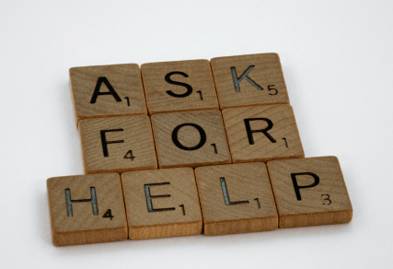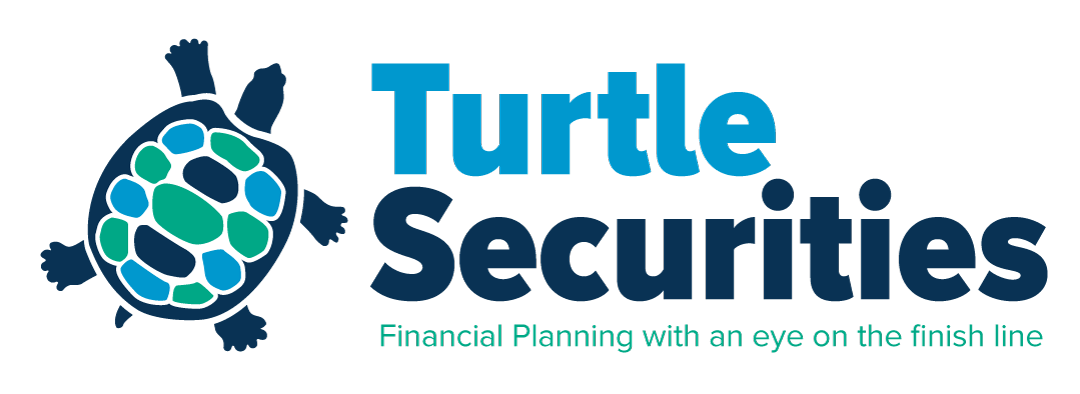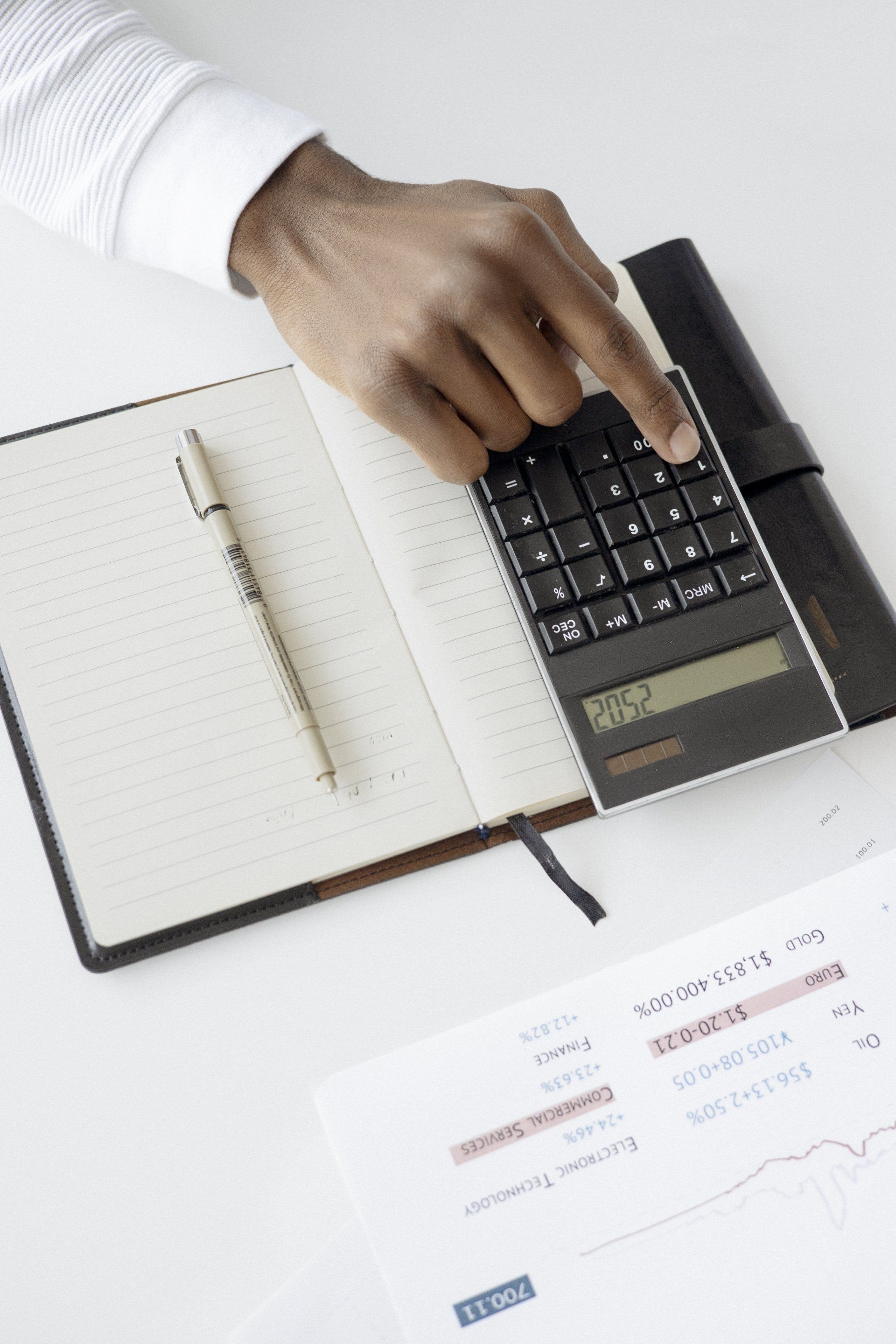Three Different ways to Budget
If you've ever struggled with sitting down and doing a budget, you're not alone.
Whichever budgeting system you choose, it can be really useful to spend a couple of weeks doing a money diary, where you list everything you spend — from big bills to coffees. This gives you a useful overview of where your money is going and where you might be able to cut down on any expenses.
The key with budgeting is to start out with some goals. What monthly amount do we need for our fixed expenses? What amount do we need for discretionary spending: takeaways and entertainment? What are we saving for? When do we need the money? Therefore, how much should we put aside each month?
"The key is to do something that works and you're going to stick to it.
1. The cash envelope method
This was the first method I was introduced to way back in the 1970’s. Actually, it dates dates back to the 19th century! These days it's more useful for managing daily expenses, and the big bills pay electronically.
Essentially, you divide your expenses into fixed spending, discretionary and splurging. But you can have as many categories as you like. For example, you'll probably have one for groceries, eating out, fuel, children's sports, etc. For example, you might put $100 into your grocery envelope. When say, you go to the supermarket, you take the groceries envelope with you.
This is similar to the method advocated by the Bare Foot Investor, Scott Pape. Use jars! Mark the jars as for each expense category.
This method is simple to use and will physically stop you overspending. But hide those envelopes! If you start to accrue a large amount of money in an envelope it’s best to pop in a term deposit at the bank and earn some interest.
2. Balanced Money Formula
This budgeting method is much like the 5:2 diet where you eat carefully for 5 days and fast for 2.
The idea is to take your income, and spend 50 per cent on your needs, 20 per cent on savings and 30 per cent on wants.
So, what does that mean? Structure your pay so it automatically goes to the right bank account: 50% to the account for your needs, fixed repayments etc, 20% to your savings account and 30% to your everyday spending account. Needs are things you can't live without — so your mortgage, or rent, bills, school uniforms, groceries, petrol, healthcare, insurance etc.
In Australia, you might have heard a similar method created by The Barefoot Investor recommends a slightly different breakdown that includes 60 per cent for daily expenses.
This method gives us the 'big-picture' budget with just three or four categories to worry about. We can manage it all online. But it’s easy to over spend with this method.
A slight variation to this is call the Money Tree I discovered many years ago. It was particularly good for debt management. 70% for all your fixed and variable spending. 20% for your normal debt repayments. And the last 10% to make extra repayments on the loan with the highest interest rate. Using this method over time will reduce the amount you pay interest. “Always pay-off the debt with the highest interest rate first” is a good general money rule.











